Home>Renovation & DIY>Home Renovation Guides>How To Measure Eaves Height
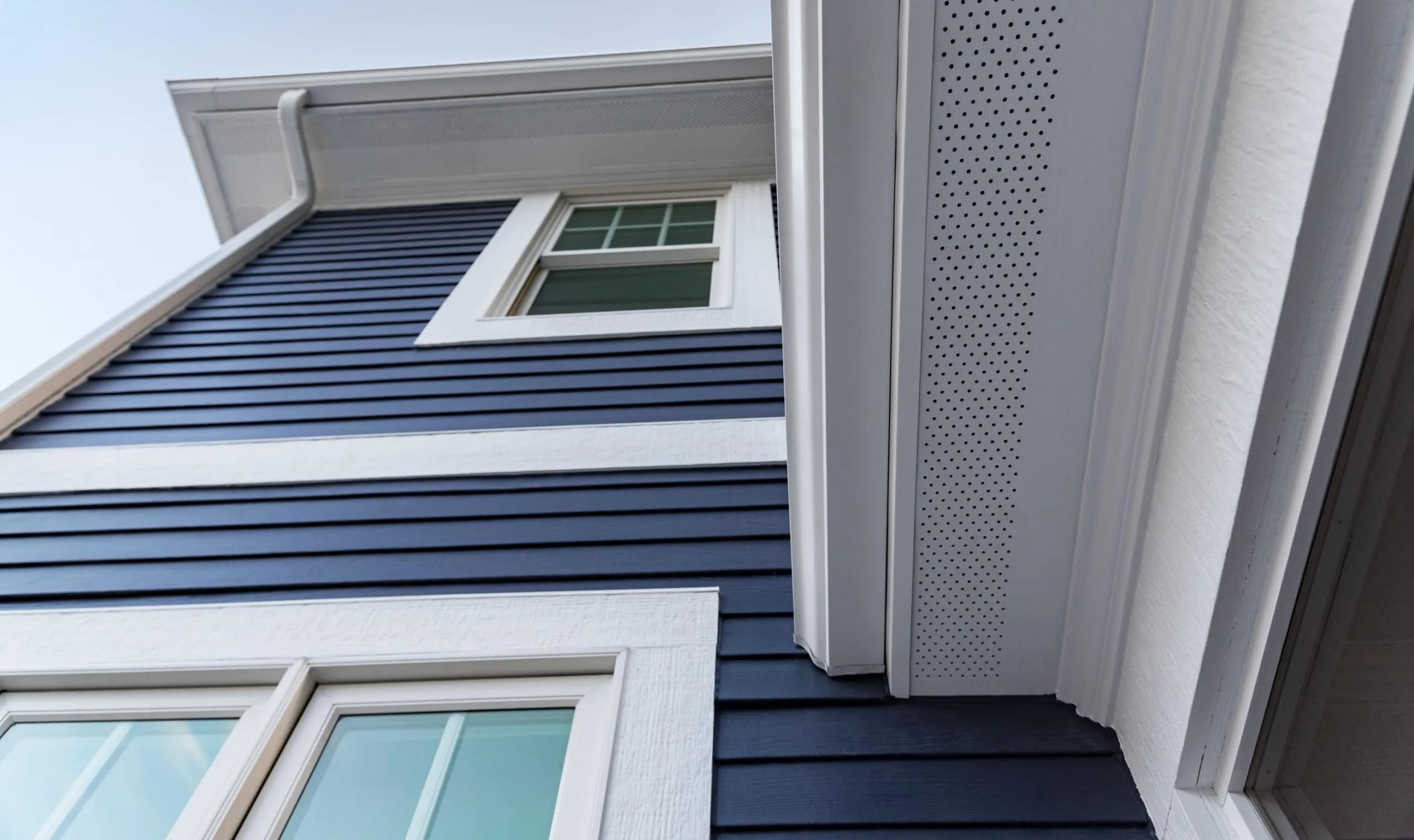

Home Renovation Guides
How To Measure Eaves Height
Modified: October 18, 2024
Learn how to measure eaves height for your home renovation project with our comprehensive guide. Get expert tips and advice on home renovation and improvement.
(Many of the links in this article redirect to a specific reviewed product. Your purchase of these products through affiliate links helps to generate commission for Storables.com, at no extra cost. Learn more)
Introduction
Measuring the eaves height is a crucial step in any home renovation or construction project. The eaves, which are the lower edges of the roof that overhang the walls, play a significant role in the overall aesthetics and functionality of a building. Understanding the eaves height is essential for various reasons, including determining the appropriate size of gutters, ensuring proper drainage, and planning for exterior features such as awnings and overhangs.
Accurately measuring the eaves height is vital for ensuring that the roof and exterior elements are properly aligned and functional. Whether you are a seasoned contractor, a DIY enthusiast, or a homeowner overseeing a renovation project, having a clear understanding of how to measure eaves height is invaluable.
In this guide, we will delve into the intricacies of measuring eaves height, providing you with the knowledge and tools necessary to carry out this task with precision. From understanding the significance of eaves height to learning about the essential tools and techniques, this comprehensive guide will equip you with the expertise needed to tackle this aspect of your project confidently.
So, let's embark on this insightful journey to demystify the process of measuring eaves height, empowering you to take on your home renovation or construction project with confidence and precision.
Key Takeaways:
- Measuring eaves height is crucial for building projects. It affects gutters, ventilation, and safety. Use a ladder, measuring tape, level, and a friend for accurate measurements.
- To measure eaves height accurately, maintain vertical alignment, take multiple measurements, consider ground elevation, and prioritize safety. This ensures well-planned and safe construction projects.
Understanding Eaves Height
The eaves of a building are the lower edges of the roof that overhang the walls. Eaves height refers to the vertical distance from the bottom of the eaves to the ground or the base of the wall. This measurement is crucial in construction and renovation projects as it directly impacts the functionality and aesthetics of a building.
Understanding the eaves height is essential for several reasons. Firstly, it plays a significant role in determining the appropriate size and capacity of gutters and downspouts. Properly sized gutters are essential for efficient rainwater management, preventing water damage to the building's foundation and landscaping. Additionally, the eaves height influences the design and installation of overhangs, awnings, and exterior features, which contribute to the overall architectural appeal of the structure.
Moreover, eaves height directly affects the ventilation and insulation of the building. Adequate eaves height allows for proper ventilation in the attic or roof space, which is crucial for regulating temperature and moisture levels within the building. Insufficient eaves height can lead to inadequate ventilation, potentially causing issues such as moisture buildup and reduced energy efficiency.
Furthermore, understanding the eaves height is essential for ensuring proper clearance for pedestrian and vehicular traffic around the building. In commercial and residential settings, maintaining adequate eaves height is crucial for safety and accessibility.
In summary, eaves height is a critical dimension that impacts various aspects of a building's functionality, aesthetics, and structural integrity. By comprehending the significance of eaves height, individuals involved in construction and renovation projects can make informed decisions and execute designs that optimize the performance and visual appeal of the building.
Understanding the eaves height sets the foundation for accurate measurement and informed decision-making throughout the project, ensuring that the building's exterior elements are harmoniously integrated and effectively serve their intended purposes.
Tools and Equipment Needed
Measuring the eaves height requires the use of specific tools and equipment to ensure accuracy and precision. Here are the essential items you will need for this task:
-
Ladder: A sturdy and appropriately sized ladder is essential for accessing the eaves of the building safely. Choose a ladder that provides stable support and allows you to reach the eaves comfortably.
-
Measuring Tape: A reliable measuring tape is indispensable for determining the vertical distance from the eaves to the ground or base of the wall. Opt for a tape measure with clear markings and a locking mechanism to secure the measurement in place.
-
Level: Using a level is crucial for ensuring that the measuring tape is positioned vertically along the eaves. This helps prevent inaccuracies caused by sloping or uneven surfaces, allowing for precise measurements.
-
Assistant: While not a physical tool, having an assistant can greatly facilitate the process of measuring eaves height. An extra set of hands can hold the measuring tape in place, stabilize the ladder, or assist in recording measurements, enhancing overall efficiency and safety.
-
Safety Gear: Prioritize safety by wearing appropriate gear, including gloves, non-slip footwear, and, if necessary, a safety harness. Ensuring a secure and stable working environment is paramount when working at heights.
-
Pen and Paper or Mobile Device: To record measurements and notes, have a pen and paper readily available. Alternatively, use a mobile device or tablet for convenient digital documentation.
By assembling these tools and equipment, you will be well-prepared to undertake the task of measuring eaves height accurately and safely. Each item plays a crucial role in facilitating the measurement process and ensuring that the resulting data is reliable and conducive to informed decision-making during the construction or renovation project.
To measure eaves height, use a tape measure to find the distance from the ground to the lowest point of the roof overhang. This will give you the eaves height.
Measuring the Eaves Height
Measuring the eaves height is a fundamental step in assessing the dimensions of a building's exterior and ensuring that various components, such as gutters, overhangs, and exterior features, are appropriately sized and positioned. To accurately measure the eaves height, follow these systematic steps:
-
Position the Ladder: Place the ladder securely against the exterior of the building, ensuring that it provides stable access to the eaves. Safety is paramount, so verify that the ladder is on a level surface and that it is positioned at a suitable angle to prevent instability while ascending and descending.
-
Ascend the Ladder: Climb the ladder carefully, maintaining three points of contact at all times. Once at the eaves level, ensure that the ladder is stable and securely positioned before proceeding.
-
Secure the Measuring Tape: With the assistance of a level, affix the measuring tape vertically along the edge of the eaves. The level ensures that the tape is positioned perfectly perpendicular to the ground, preventing any potential inaccuracies caused by sloping or uneven surfaces.
-
Take the Measurement: Extend the measuring tape from the bottom edge of the eaves to the ground or the base of the wall. Ensure that the tape is taut and straight to obtain an accurate measurement of the eaves height. If an assistant is available, they can hold the tape in place to facilitate a more precise reading.
-
Record the Measurement: Once the measurement is obtained, record the eaves height along with any relevant notes or observations. This documentation will serve as a valuable reference for subsequent project planning and execution.
-
Verify the Accuracy: Double-check the measurement to ensure its accuracy. If necessary, take multiple measurements at different points along the eaves to account for any variations in height.
-
Descend Safely: Descend the ladder cautiously, maintaining a firm grip and ensuring that the ladder remains stable throughout the descent.
By following these steps, you can effectively measure the eaves height with precision and confidence, laying the groundwork for informed decision-making and seamless integration of exterior elements into your construction or renovation project.
Tips for Accurate Measurement
Achieving precise measurements when determining the eaves height is essential for ensuring the successful integration of exterior elements and the overall functionality of the building. To enhance the accuracy of your measurements, consider the following tips:
-
Consistent Vertical Alignment: When positioning the measuring tape along the edge of the eaves, ensure that it maintains a consistent vertical alignment. Any deviation from the vertical plane can lead to inaccuracies in the measurement. Using a level to guide the placement of the measuring tape is crucial for maintaining verticality and obtaining reliable data.
-
Multiple Measurements: Taking multiple measurements at different points along the eaves can provide a comprehensive understanding of any variations in height. This approach helps account for potential irregularities in the building's structure or terrain, ensuring that the average eaves height is accurately represented in the measurements.
-
Consider Ground Elevation: If the ground level around the building is uneven or sloped, it is important to consider the impact of ground elevation on the eaves height measurement. Adjust the measurement process to accommodate any significant variations in ground level, ensuring that the measurement reflects the true vertical distance from the eaves to the ground or base of the wall.
-
Stable Working Environment: Prioritize a stable and secure working environment when ascending the ladder to access the eaves. Confirm that the ladder is positioned on a level surface, and utilize stabilizing mechanisms if necessary to prevent any wobbling or instability during the measurement process.
-
Weather Considerations: Be mindful of weather conditions that may affect the measurement process. Windy conditions can impact the stability of the ladder and the accuracy of the measuring tape. It is advisable to conduct measurements during calm weather to minimize potential disruptions and ensure precise results.
-
Assistance and Collaboration: If possible, enlist the assistance of a reliable collaborator to facilitate the measurement process. An additional set of hands can help stabilize the ladder, hold the measuring tape in place, or assist in recording measurements, contributing to the overall accuracy and efficiency of the task.
By incorporating these tips into your approach to measuring eaves height, you can enhance the accuracy and reliability of the data obtained, empowering you to make informed decisions and execute your construction or renovation project with precision and confidence.
Conclusion
In conclusion, the process of measuring eaves height is a foundational aspect of construction and renovation projects, holding significant implications for the functionality, aesthetics, and structural integrity of a building. By understanding the importance of eaves height and mastering the techniques for accurate measurement, individuals involved in construction, renovation, and maintenance endeavors can effectively optimize the performance and visual appeal of the building's exterior elements.
The comprehensive understanding of eaves height enables informed decision-making throughout the project, ensuring that components such as gutters, overhangs, and exterior features are appropriately sized and positioned to harmoniously integrate with the overall structure. Moreover, accurate eaves height measurements contribute to efficient rainwater management, proper ventilation, and the creation of a safe and accessible environment around the building.
By following the systematic steps outlined in this guide and incorporating the recommended tips for precise measurement, individuals can confidently assess the eaves height, laying the groundwork for successful project planning and execution. The utilization of essential tools and equipment, coupled with a focus on safety and stability, ensures that the measurement process is conducted with precision and efficiency.
Furthermore, the collaborative aspect of the measurement process, including the involvement of an assistant and the consideration of ground elevation and weather conditions, enhances the reliability of the obtained data. These collective efforts contribute to the creation of a comprehensive and accurate representation of the eaves height, empowering individuals to make informed decisions and adjustments as needed.
Ultimately, the knowledge and proficiency gained in measuring eaves height serve as a cornerstone for the seamless integration of exterior elements into the building's design and functionality. By embracing the significance of eaves height and mastering the art of precise measurement, individuals can embark on their construction and renovation projects with confidence, knowing that the exterior elements are meticulously aligned and optimized to enhance the overall appeal and performance of the building.
In essence, the ability to measure eaves height accurately is a testament to the dedication to quality and precision in construction and renovation endeavors, ultimately contributing to the creation of structurally sound, visually appealing, and functional buildings that stand the test of time.
Frequently Asked Questions about How To Measure Eaves Height
Was this page helpful?
At Storables.com, we guarantee accurate and reliable information. Our content, validated by Expert Board Contributors, is crafted following stringent Editorial Policies. We're committed to providing you with well-researched, expert-backed insights for all your informational needs.
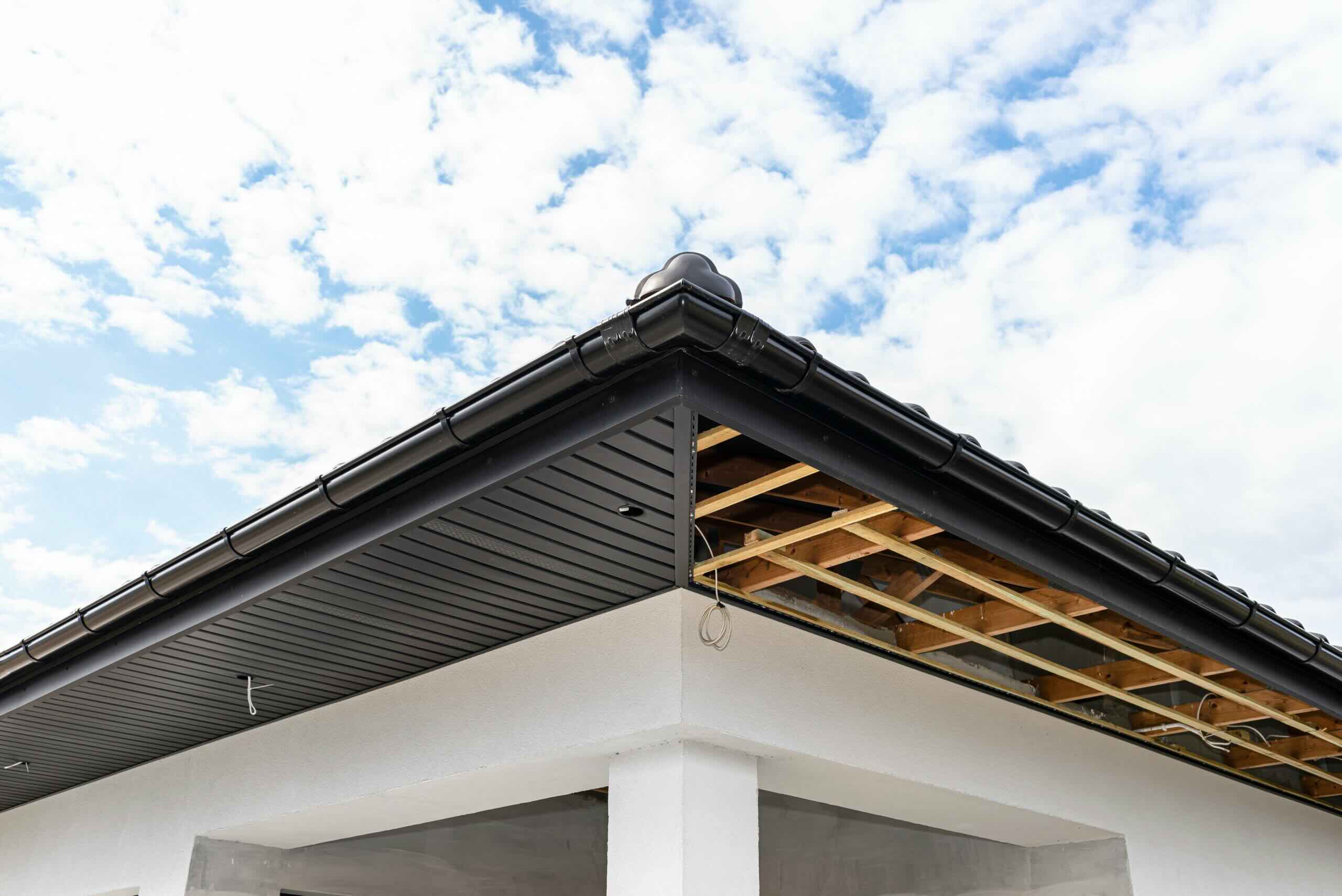
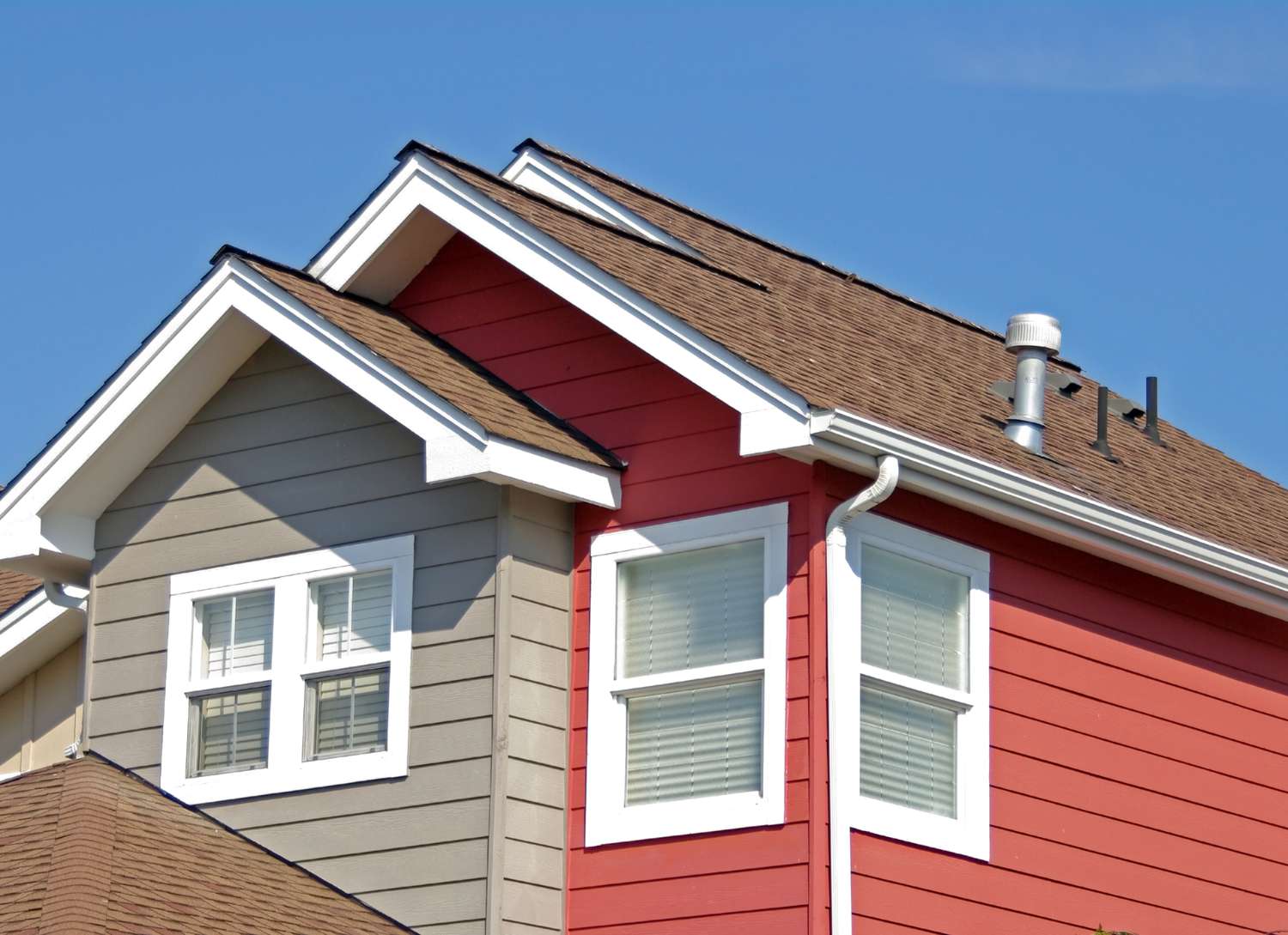
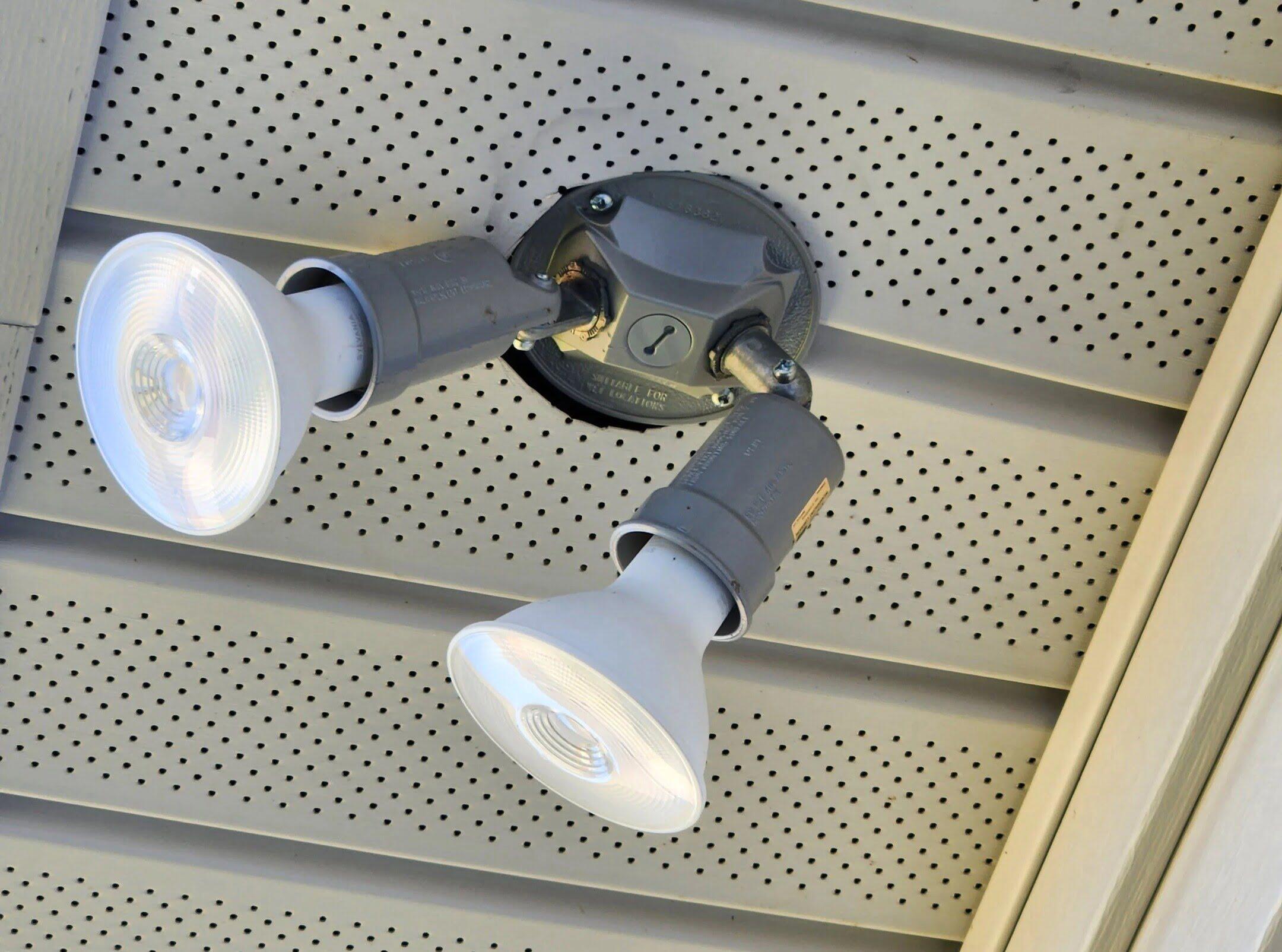

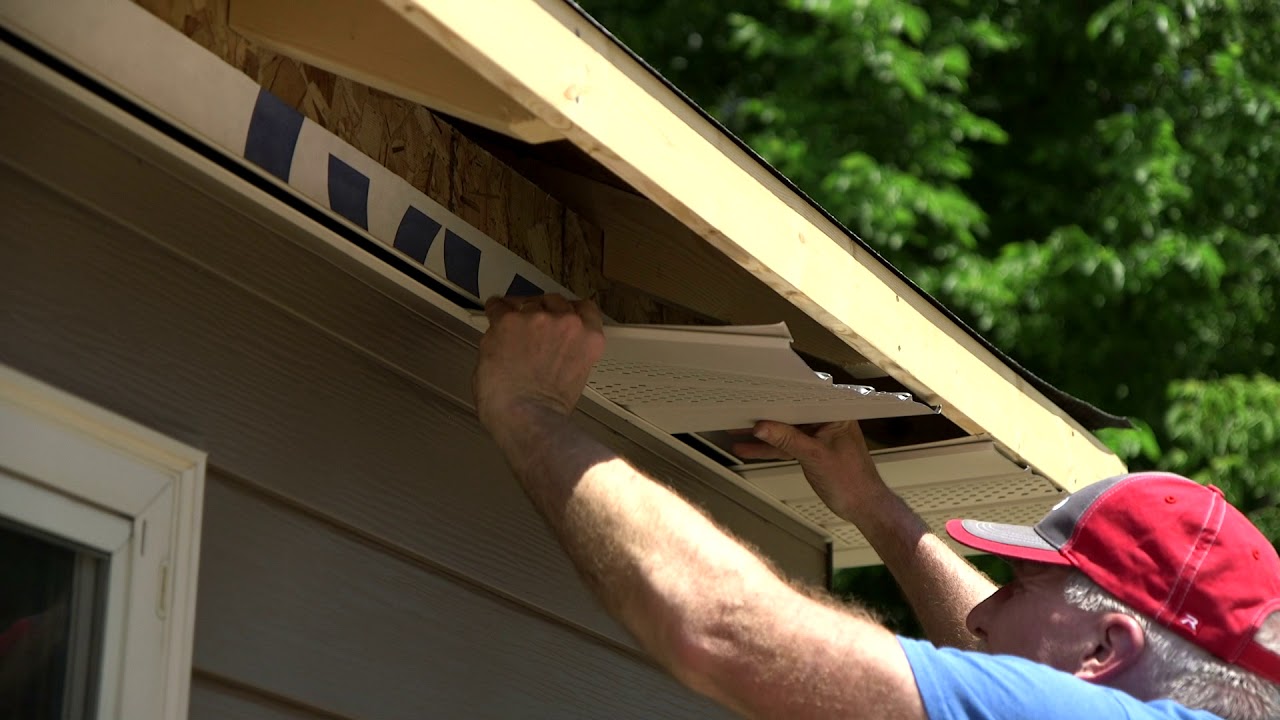

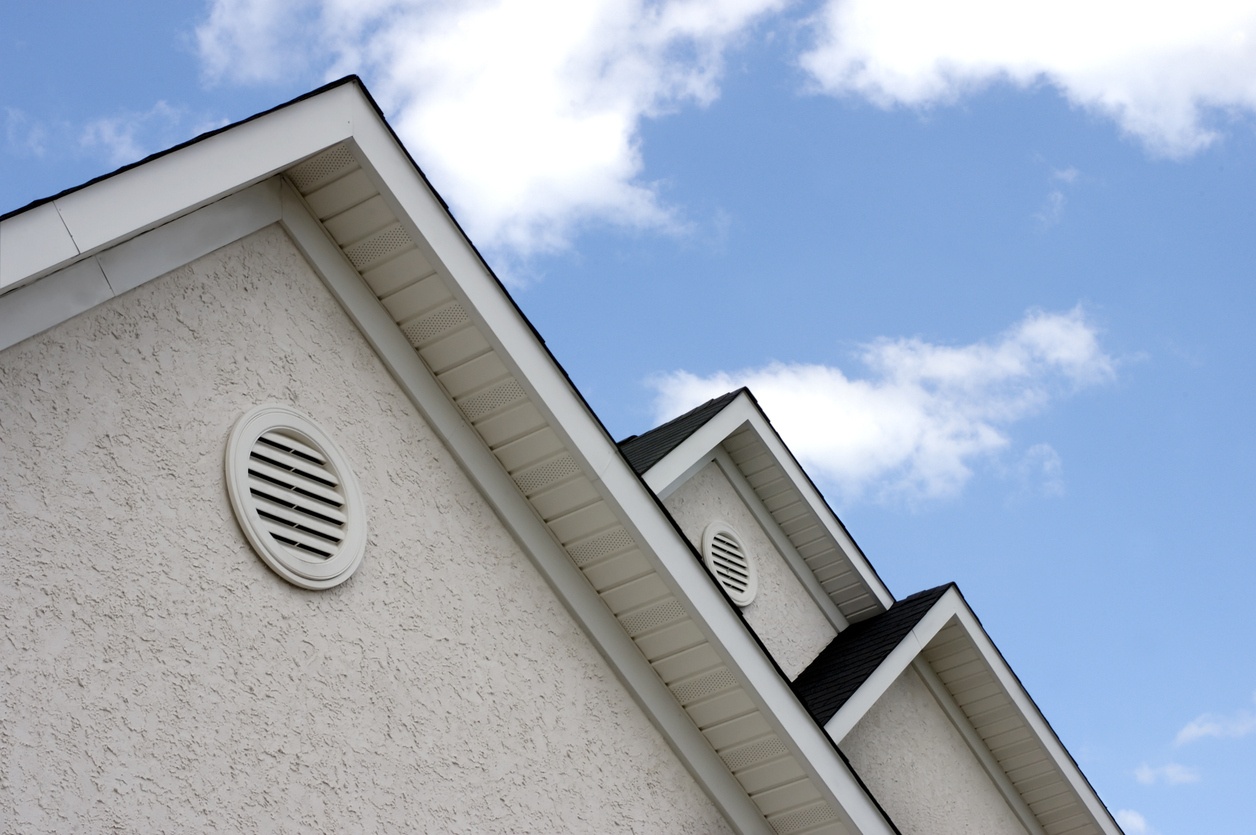
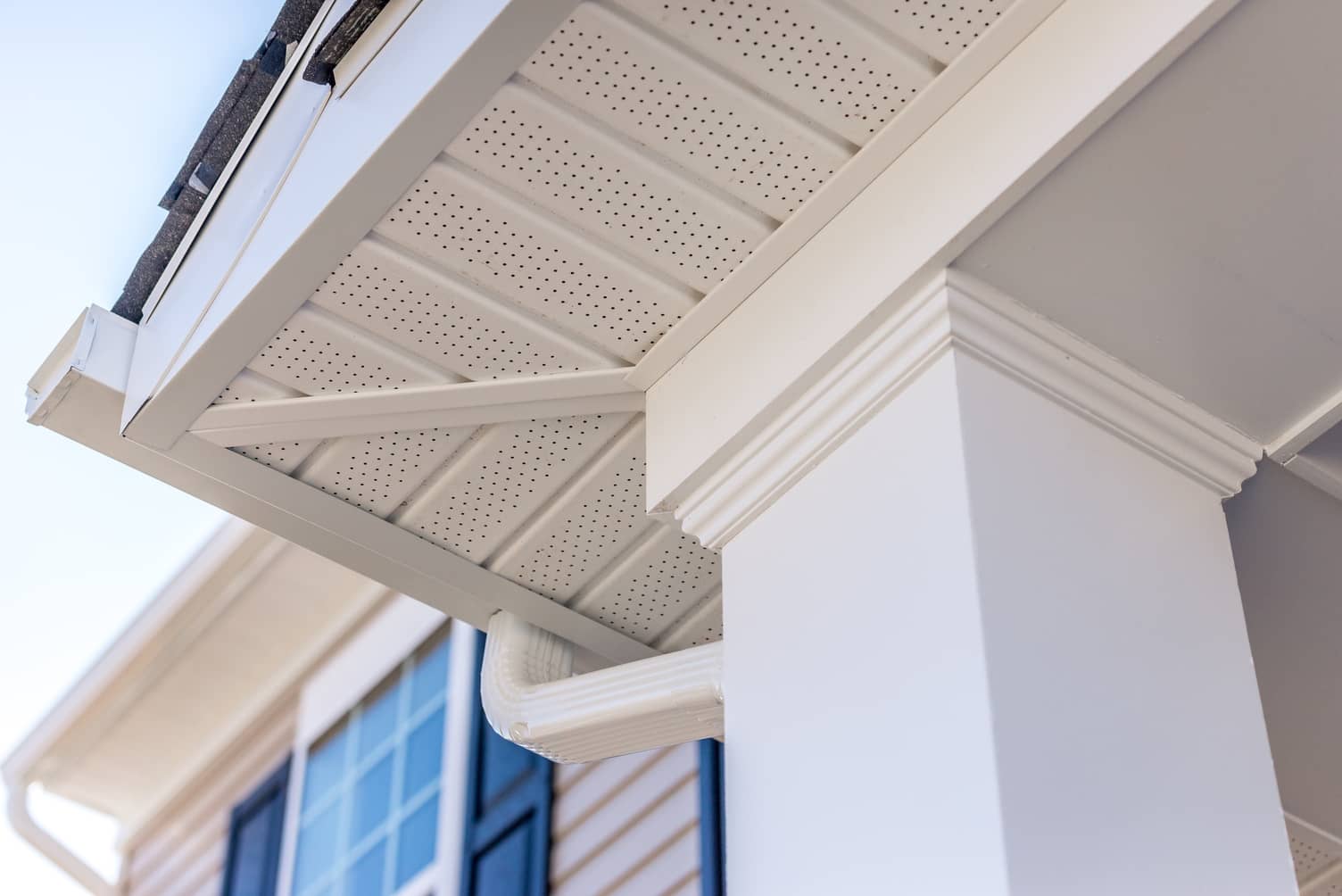
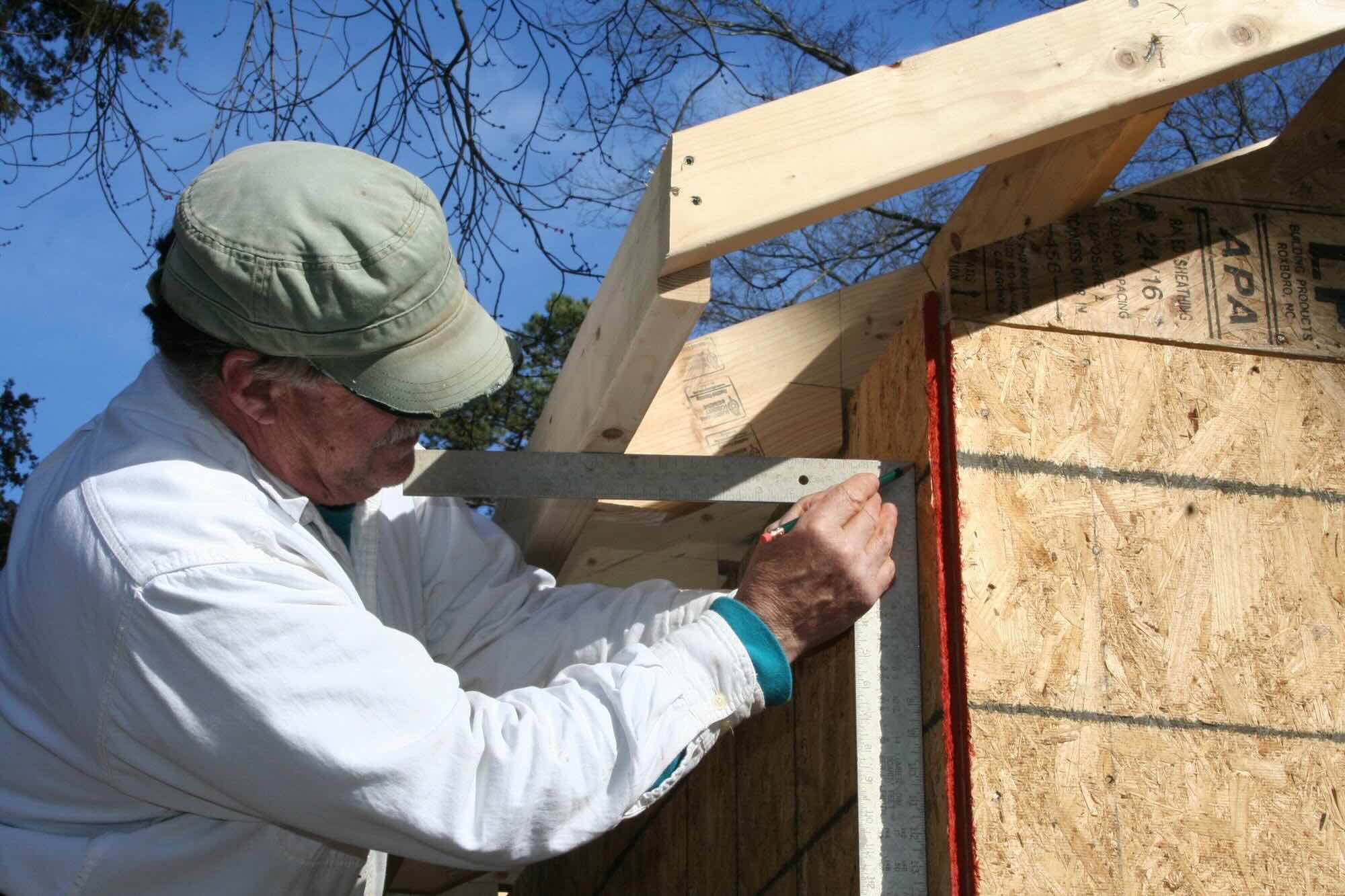
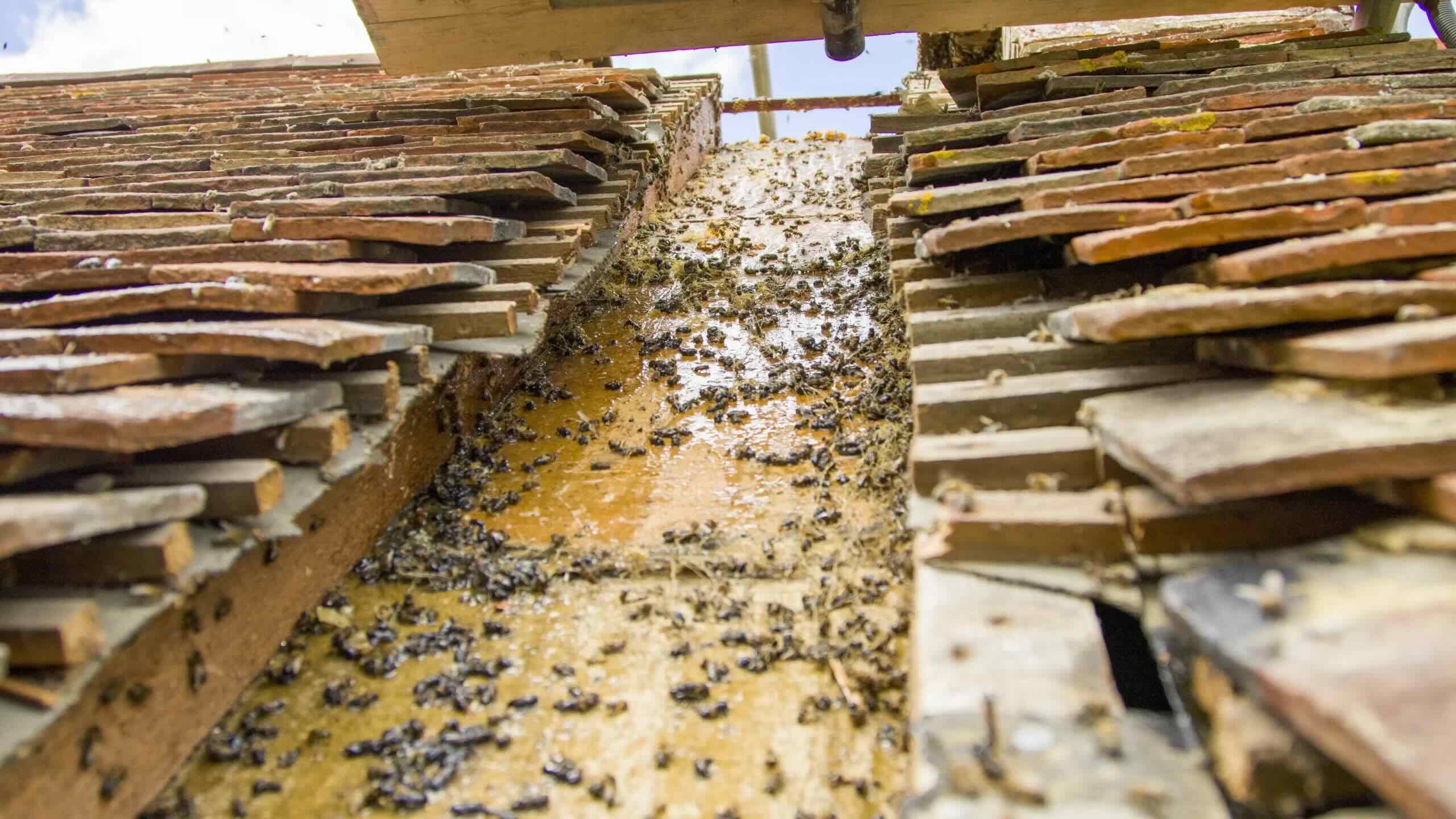
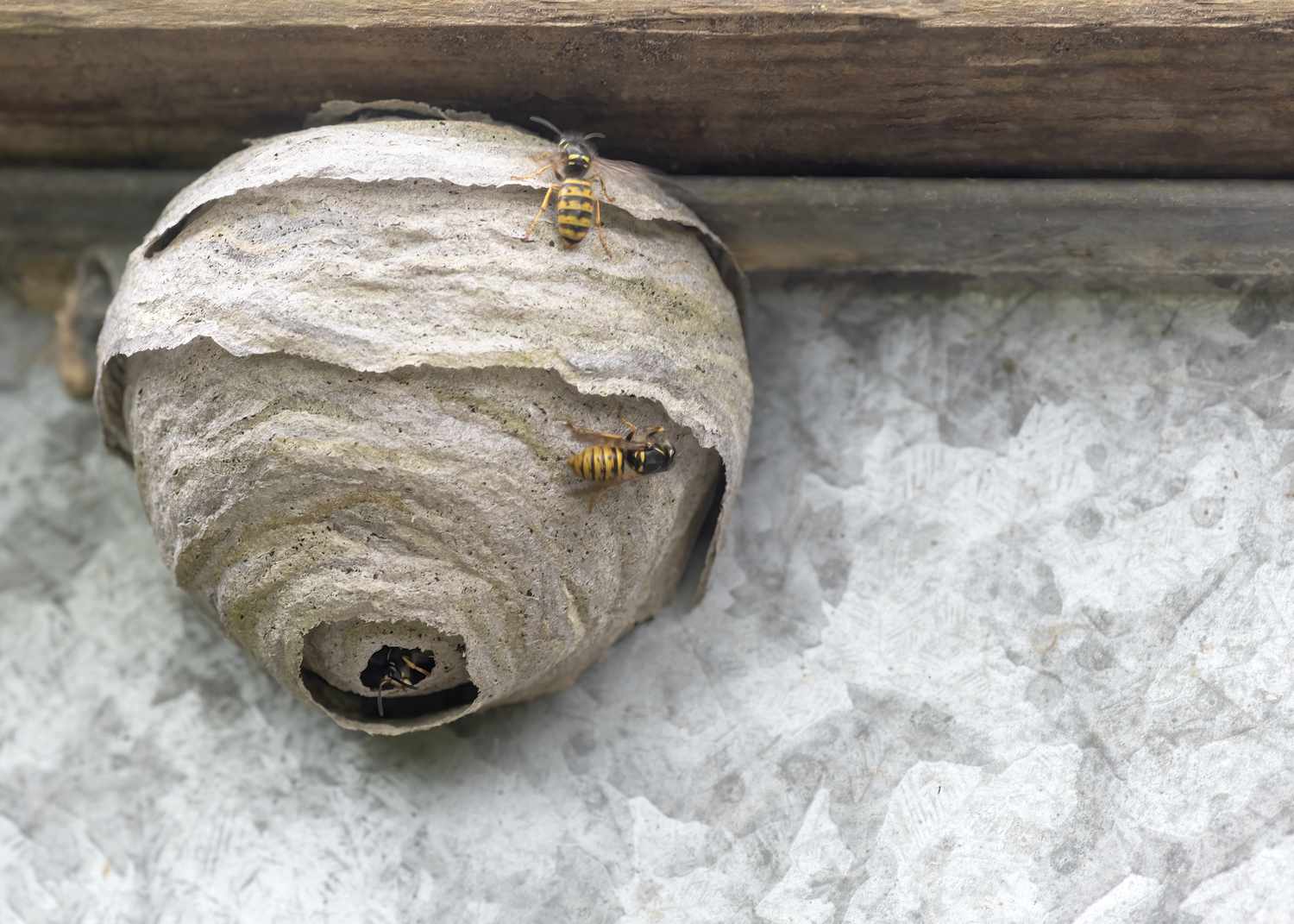
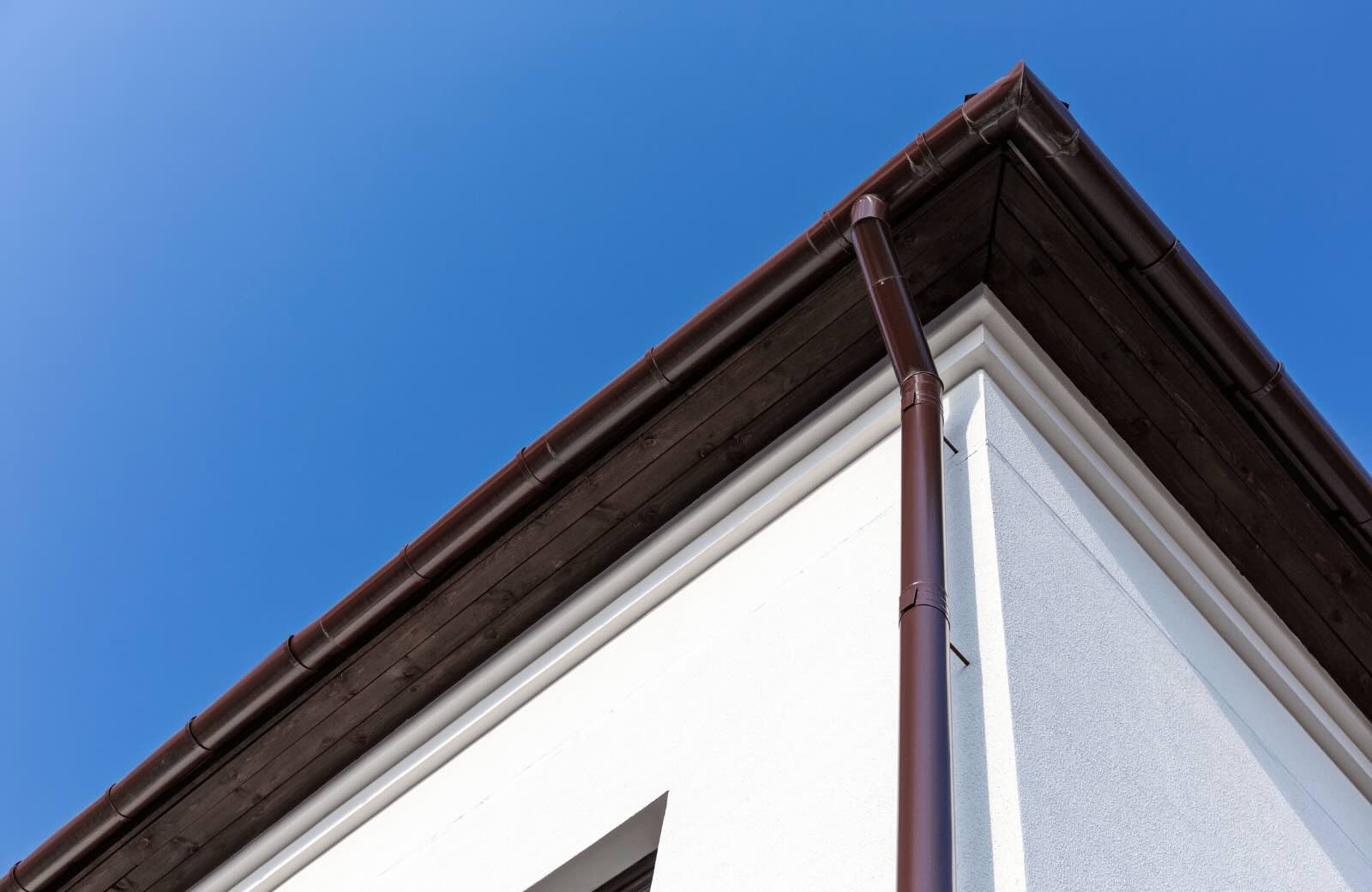
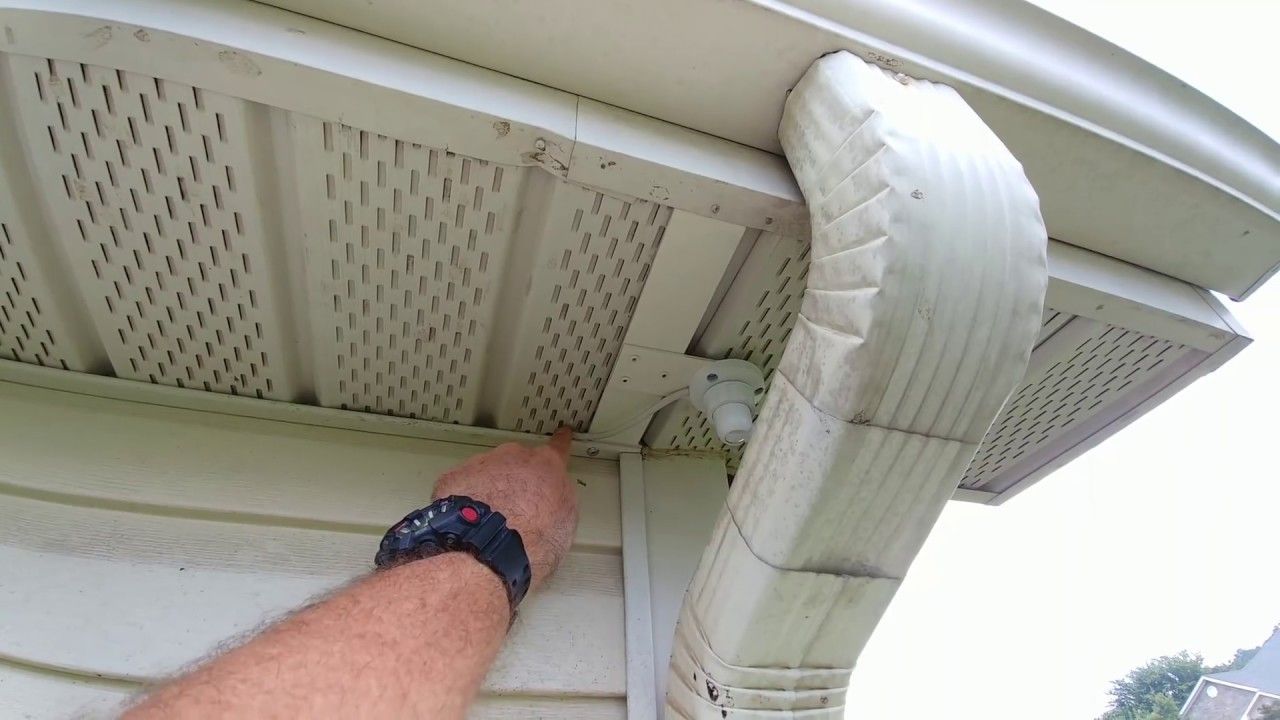
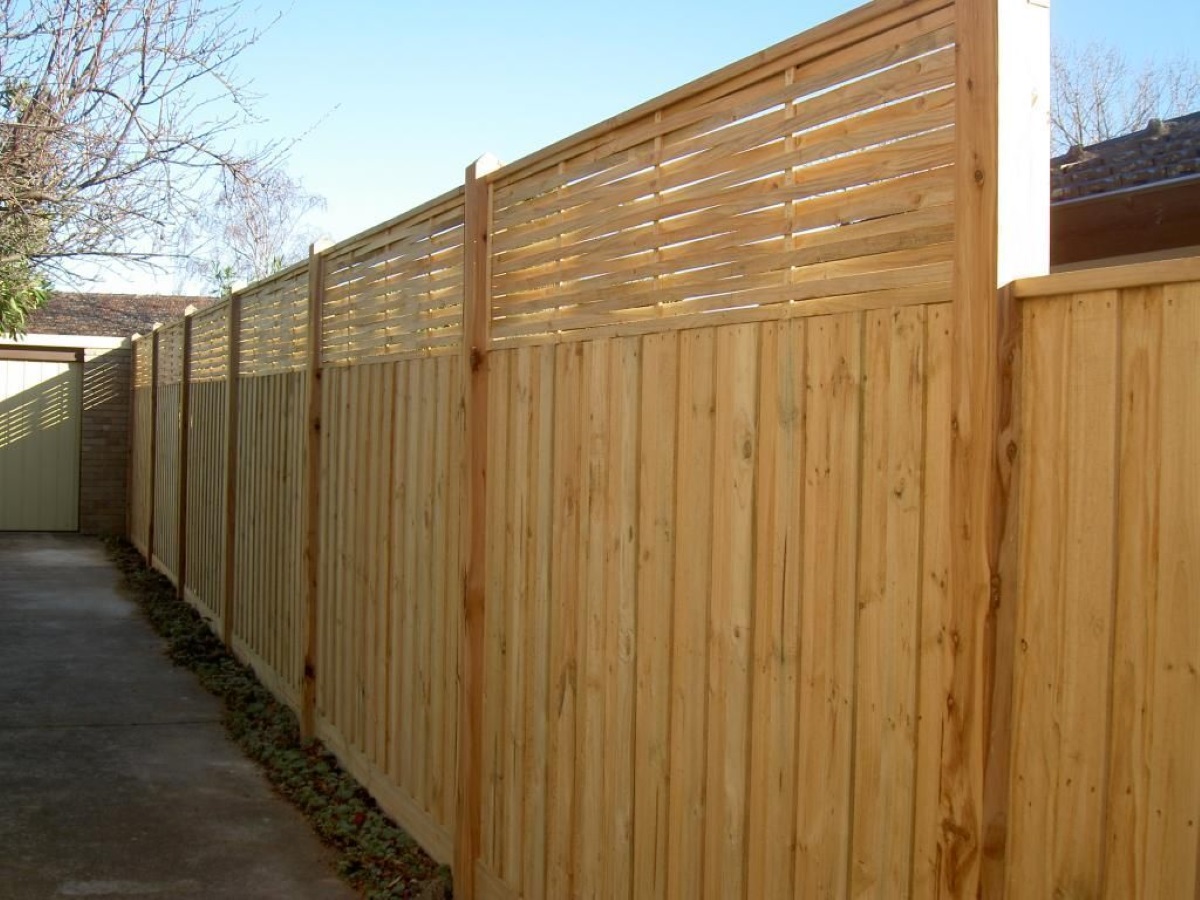

0 thoughts on “How To Measure Eaves Height”